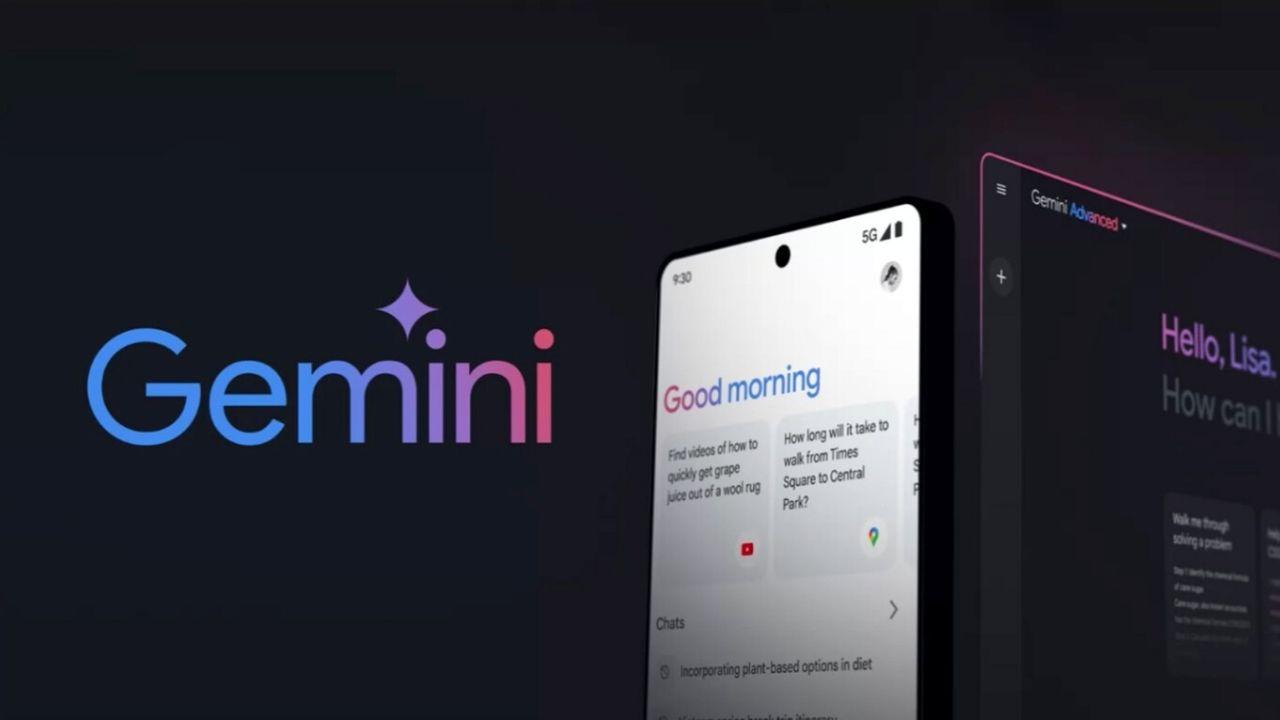Spending time on Twitter and seeing certain images or gifs not appear can be annoying. Beyond coverage errors or momentary social network outages, there are two reasons why some accounts cannot view certain content. Do they have you blocked?
The blue bird platform can sometimes hide content from us due to privacy settings, because it is sensitive, or even as a security measure to prevent the dissemination of inappropriate content. These restrictions and concealments may vary based on platform policies and regulations, as well as individual user preferences.
However, sometimes the image is normal and your account doesn’t show it for no apparent reason. You are not being banned by the social network, worse perhaps if you should change these options.
You don’t have your age on
The age setting on a Twitter account can play a role in the display of certain images or GIFs. The platform sets age-based content restrictions to comply with regulations and safeguard underage users from inappropriate material. When users don’t provide their age or the information is ambiguous, Twitter tends to block certain content out of an abundance of caution.
However, this security measure can create a dilemma for users. If the real age is indicated when opening an account and that age is lower than the age required to access certain content, Twitter can block the account for violating its rules. This is because the platform seeks to guarantee a safe and suitable environment for its users, especially for the youngest.
It’s important to note that Twitter’s content policies and restrictions are subject to constant changes and updates. This means that an account that was opened in the past as a minor, but complies with current policies, could face retrospective bans or restrictions if a discrepancy between the user’s current age and the date the account was opened is detected.
Contains delicate material
On the other hand, Twitter has a sensitive content detection system that can hide certain images, considering them sensitive or inappropriate. The platform uses algorithms and human moderators to evaluate shared content and determine if it requires a warning before being viewed.
When Twitter detects a potentially sensitive image, it displays a warning indicating that the image contains sensitive content and offers the option to “View” or “Cancel”. By clicking the “View” button, the user can access the hidden image. However, if you choose to “Cancel”, the image will remain hidden in the timeline or tweet preview.
This sensitive content hiding and warning system is intended to give users the option to control their viewing experience on the platform. Twitter seeks to balance freedom of expression with the protection of its users, allowing each person to decide whether or not to view content that could be considered inappropriate or disturbing.
It is important to note that the classification of sensitive content is not perfect and can lead to errors or disputes. Sometimes images that are not really sensitive can be flagged incorrectly, leading to frustration among users. On the other hand, some images that may be objectively inappropriate may go unnoticed by detection systems.

Now we also have the possibility of adding specific warnings to the photos and videos that we share on Twitter. If you want to add a content warning, simply tap or click the flag icon when editing the photo or video after attaching it to your Tweet. This option allows you to alert other users to the sensitive or inappropriate nature of the content you are sharing, giving them the opportunity to make an informed decision before viewing it.














